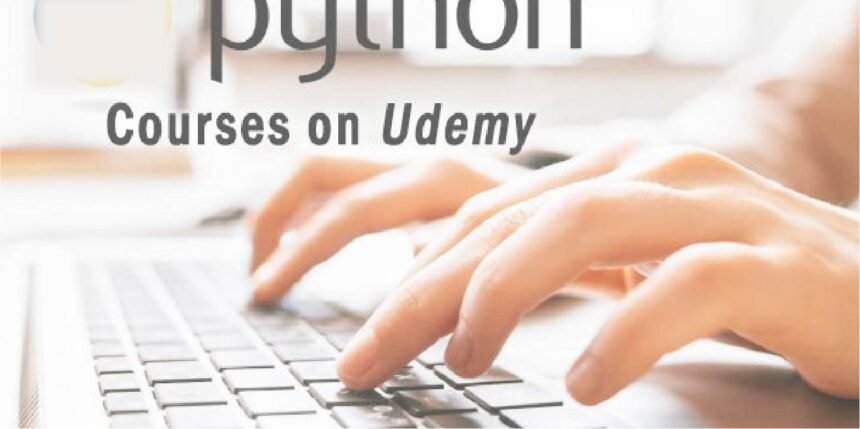Regardless of whether you are interested in data science, AI, web development, or automation, mastering Python will unlock the doors to a high-demand technical career. However, many learners struggle with a common dilemma: should they choose a free or paid Python programming online course?
Both of these options are good, and the better option will be based on what you want to achieve, when you want to achieve it, and your future employment prospects. To make the choice, the following listicle will compare ten primary features of the free and paid Python courses, including such platforms as Great Learning, FreeCodeCamp, Coursera, and Udemy. At the end of it, you will be in a position to know which one suits well with your learning process.
-
Expense and Affordability
Free courses are open to all, and thus they present a good place to start, particularly for a beginner. Free platforms such as FreeCodeCamp, the free version of Codecademy, and the free modules of Great Learning provide learners with an opportunity to discover Python without spending any money. Conversely, paid courses are more serious, as they require investments but offer more structured content, coaching, and certificates that employers can use to verify competencies and qualifications.
-
Curriculum Depth
Free Python courses are likely to run through the basics – variables, loops, functions and the basics of data structures. This is enough to begin programming, but they could possibly not be in-depth on the advanced features like object-orientated programming, data analysis libraries or project applications in real life. Paid courses offer more detailed content covering these more advanced topics, and as a result, the learner comes out with a concrete grasp of Python.
-
Pace and Design of Learning
One of the advantages of free courses is their flexibility, whereby you can study a course at your own pace. But this can also become a cause of the consistency. The paid courses provide fixed schedules, weekly milestones, and guided courseware that keep people on track and produce results quickly when they are attempting to learn Python in a short period.
-
Qualification and Acceptance
Although certificates are usually informal or limited in their applicability, free courses can provide certificates. Paid courses, e.g., Great Learning, Udemy, and Courseraspecialisations, can provide formal completion certificates that can be mentioned in resumes, LinkedIn resumes, or professional portfolios to make them more artistically appealing and help learners to shine on the job market.
-
Hands-On Projects
Experience is very important in mastering Python. Rather than a true-to-life situation, free courses are usually littered with minor exercises or simple projects, great to practise but not exactly reflecting what is actually done in practice. Paid courses tend to offer a variety of practical projects that reflect industry work and allow the learner to create a portfolio and implement knowledge in practice.
-
Mentorship and Support
As much as free courses depend on community forums and peer support, paid courses usually provide direct access to mentors or instructors who can help the learner through challenges. This face-to-face support will clear any doubt in time and keep the learners at ease throughout their process.
-
Career Guidance
Free Python courses do not involve career advice and emphasise mostly teaching the skills involved in coding. Paid courses, particularly by Great Learning, contain more career-related information, like job preparation, resume and interview advice, and insights into industry expectations, and are more appropriate to the learner seeking to enter into a tech career.
-
Platform Credibility
The power of a learning site is important. Great learning: Codecademy, Coursera audit and FreeCodeCamp offer free options that are good at developing basic knowledge. Premium options like Great Learning’s comprehensive program, Udemy, Courseraspecialisation, and edX verified programs are paid platforms that have the best course materials, which are endorsed by the industry and academics.
-
Time-saving for busy learners
Free courses are flexible in the pace of learning, though the learner must discipline him/herself. A paid course is often organised and flexible at the same time, which is convenient for individuals who have other obligations or students with many responsibilities because they can plan the process of studying without overworking.
-
Best Application
The free courses are best suited to those who may be considering whether they like Python or not as well as a person who is an absolute beginner and hobbyists. It is recommended that paid courses be taken by career changers, working professionals requiring upskilling and those wishing to undertake certification and portfolio-ready projects. Great Learning can serve both of these parties by providing free content to people who would just like to learn something new and fully paid curriculums to professionals who need to advance their careers.
Conclusion
Free and paid Python programming online courses have different implications for your learning purposes, time, and career plan. Free Python courses are great to understand the fundamentals of the language, and paid programs are structured, project-based, and offer instructional help and formal certification to those who are interested in securing a path to seriousness with Python.
The other options are distinctive as compared to Great Learning in that they all offer free modules and paid courses with practical projects, a structured learning experience and career guidance. Further, there is an opportunity to enhance the skillset and enrol in the Great Learning Free Generative AI Course, which introduces students to the latest AI tools and techniques that complement the skills in Python and that make them keep up with an evolving, fast-paced tech environment.







